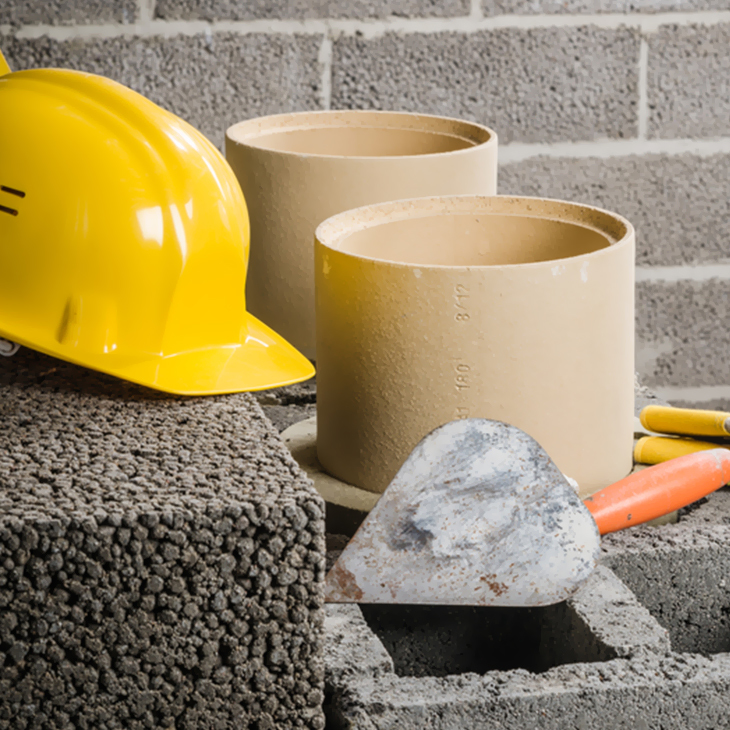
The technological revolution has undoubtedly brought remarkable changes with it. Today, humanity can do things that were thought to be impossible a few years ago. While sitting in the comfort of your house, you can virtually ‘see’ your loved ones miles away, thanks to the numerous video calling apps. Likewise, our ancient construction methods progressed in lockstep with the advancement of technology in every part of our life.
It may come as a shock to Gen Z to learn that the fine technology and advanced construction techniques used now were not popular in their grandparents’ era. If you ask your grandfather how he built the house he currently resides in, the answer will astound you.
He’ll tell you that the construction contractor took several days for site preparation, followed by months of waiting as the construction process proceeded linearly. Furthermore, he would most likely tell you a fascinating story about how a snowstorm stalled work for weeks, and how he was terrified that the house would remain half done forever.
In short, your grandfather will eventually reveal that the house in question took several months to construct. However, this is not the case anymore. Thanks to modern technology and construction techniques, home construction only lasts two months or so.
This blog will explore some intriguing differences between conventional and contemporary construction in general.
Modern Vs. Conventional Construction
Clearly, the building sector has evolved in a variety of ways. Everything has changed, including construction procedures, equipment utilisation, labour training and education, and project completion timelines. The industry has moved from ‘stick by stick’ to ‘prefabricated’.
Let us delve a bit deeper:Increased Automation Due To Technological Advancements
This is the primary difference between contemporary and conventional construction industries and paves the way for all other differences. Had it not been for the technological innovations in equipment and machinery, the construction industry would have remained more or less the same.
Traditional construction sites heavily relied on manual work rather than machinery. Although construction companies used machines and equipment, their intricacy paled in comparison to that of the latest machinery. As time went by, enhanced machines began to take over the manual work.
Eventually, the construction industry became more capital and less labour intensive. Nevertheless, nothing can entirely wipe away the importance of labour from the construction industry, as even the most sophisticated machines require human interference for proper functioning.
Construction Methods And Techniques
Perhaps the most intriguing difference between conventional and contemporary construction sites is the introduction of modular construction. To understand the latter, we first need to differentiate between the processes involved in traditional and modern construction methods:
Linear construction – Primarily, the traditional construction industry made use of this construction technique. In the latter, each process must follow the other linearly. Hence, the third process in line can not begin before the second one is complete. For example, foundation and framing work can not start before grading and site preparation is complete.
Simultaneous construction – This method is used in the contemporary construction industry. While on-site work occurs in the construction area, building module construction also concurrently takes place in the off-site factory. Modules are pre-constructed building units that need to be transported to the construction site.
Evidently, modular construction has diminished the need for linear construction which has ultimately saved a lot of time (as discussed below).
Time
The time factor is extremely important in today’s fast-paced world. In a business environment where speed and accuracy have to go hand in hand, there is no place for laggers. The construction industry is no exception to this fact.
The traditional construction industry’s linear processes, manual work, and primitive technology led to months and months of construction work. Contrarily, modular construction, improved machinery, and automation processes in combination have led to a great reduction in the time required to complete any construction project.
Labour Yield
It is not only the core construction processes that have changed over time. Construction contractors have wholeheartedly embraced modern workforce management and quality control techniques as well.
While the productivity of labour on conventional construction was evaluated on the basis of their daily work, the modern side of construction concentrates on a labourers’ work quality, ability to adjust to varying projects, willingness to learn new things, and more.
Formal Training Of Labour
Lastly, the other major difference between the two construction types is the formal education of the labourers. Since, traditional construction required more manual work with less sophisticated equipment, the know-how of the processes was sufficient.
However, modern construction contractors invest graciously in workforce training and education to optimally equip their labour with the necessary skills and knowledge to handle the processes.
About Taurus Projects
From humble beginnings as a business trade constructor in 2009, Taurus unwaveringly seized various business opportunities in Edmonton, Alberta. Through our undying passion for entrepreneurship and commitment to excellent customer service delivery, we have swiftly climbed the success ladder in the past decade. Contact us today to learn more.